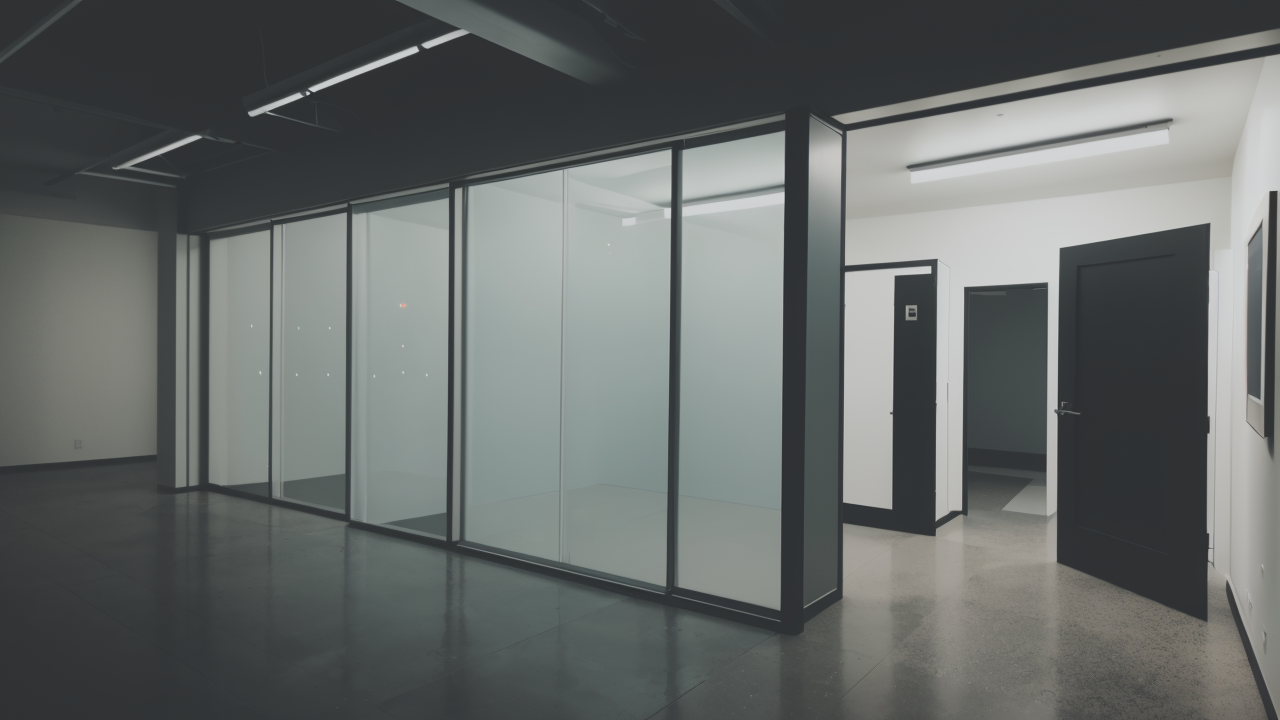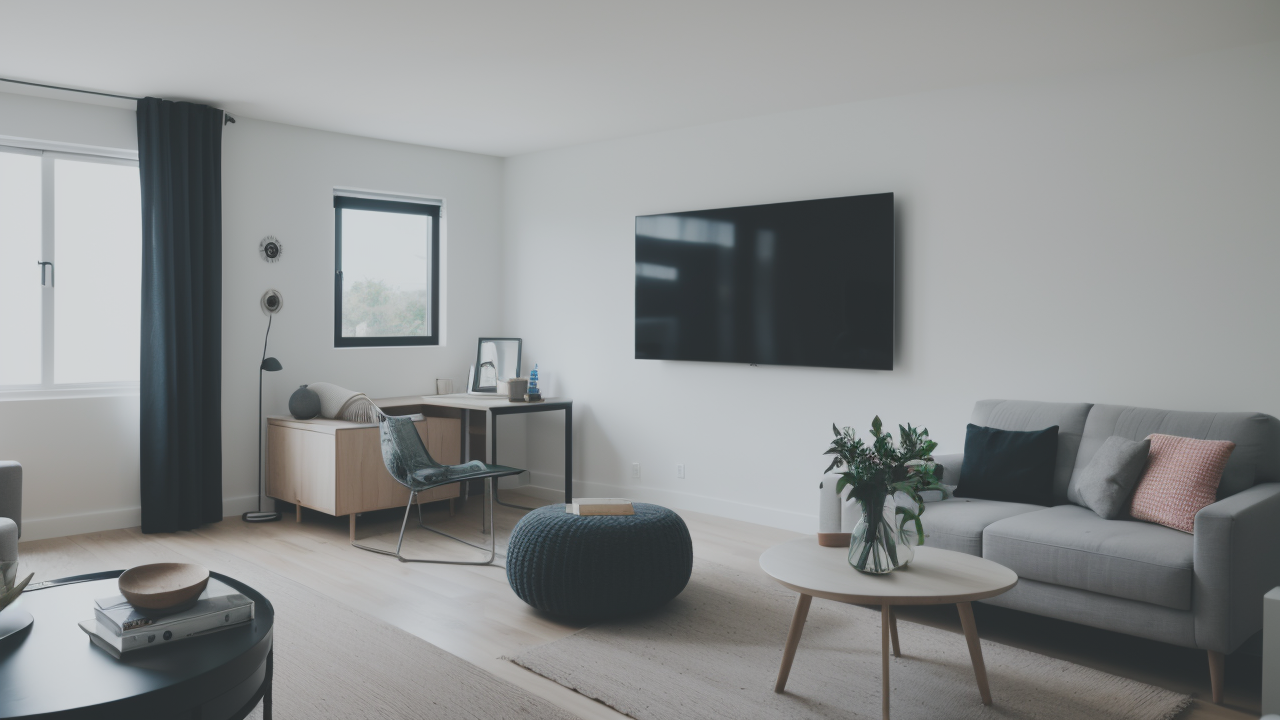
Elevating Corporate Atmospheres: The Power of Minimalist Oil Paintings in Men's Office Design
The Rise of Minimalism in Modern Art
The Origins of Minimalist Art
Minimalist art emerged in the 1960s as a response to complex art forms. Artists like Donald Judd and Frank Stella led this movement. They focused on simple shapes and clean lines. The goal was to create art without hidden meanings. Minimalist artists used basic forms and few colors. They often worked with materials like steel and glass. The idea was to strip art down to its core elements. This approach was very different from earlier, more detailed styles. Minimalism spread to sculpture and architecture too. It changed how people thought about art and design. The style's simplicity still inspires artists today. It has become a key part of modern design in many areas.

Why Minimalism Appeals to the Contemporary Audience
Minimalism attracts modern viewers for many reasons. In a busy world, it offers a sense of calm. Simple designs give our minds a break from constant information. Minimalist art lets people find their own meanings. It doesn't tell viewers what to think or feel. This style fits well in many spaces, from homes to offices. It matches current trends in interior design. Minimalism also appeals to people who want to live with less. It supports ideas about reducing waste and clutter. In busy lives, minimalist art provides a moment of peace. Its clean look helps create order in chaotic times. This style is popular across different age groups and cultures.
The Role of Windows in Minimalist Design
Windows play a big part in minimalist design, especially in office spaces. They act as natural frames for simple art displays. Large windows bring in lots of light, which enhances minimalist decor. They connect indoor spaces with the outside world. This link to nature is important in minimalist thinking. Windows can become art pieces themselves. Simple frosted patterns or geometric shapes work well. In offices, windows offer a blank space for creative ideas. Window art can make boring work areas more inspiring. It adds visual interest without cluttering the space. This fits perfectly with minimalist design goals. Windows help create a feeling of openness in any room.
Strategies for Artistic Window Display
Selecting the Right Windows for Display
Choosing the right windows for minimalist art is important. Consider the size and location of the windows. Big, open windows work best for bold, simple designs. Corner windows can create interesting views for geometric art. Think about privacy when picking display windows. Frosted or tinted glass can be both pretty and practical. The building's style should match the minimalist theme. Windows with simple frames are ideal. Think about natural light too. North-facing windows give steady, soft light all day. This even light is great for showing subtle details in minimalist art. The right windows can make a big difference in how the art looks.

Innovative Display Techniques for Minimalist Art
There are many creative ways to show minimalist art on windows. Vinyl stickers are good for geometric shapes. They're easy to change, keeping the space fresh. Hanging simple mobiles adds depth to window displays. Light projections can create moving patterns on windows. For a lasting option, etched or sandblasted designs work well. These keep the window clear while adding visual interest. Colored films can add soft hues without being too bold. Arranging small artworks in grids follows minimalist ideas. Interactive displays, where people can move pieces, are fun and engaging. These techniques help bring minimalist art to life on windows.
Maintaining and Caring for Window-Based Art Installations
Taking care of window art is key to keeping it looking good. Clean the displays regularly to keep them fresh. Use the right cleaning products to avoid damaging the art or windows. For vinyl stickers, gentle cleaning with mild soap usually works well. Etched windows might need special care to avoid scratches. Check the art often for signs of wear or peeling. Fix or replace damaged parts quickly to keep everything nice. Think about how sunlight affects the art materials. UV-resistant films can help prevent fading. For interactive displays, set clear rules for use and care. Changing temporary displays often keeps the space interesting and new.
Economic and Cultural Impact of Minimalist Art in the United States
The Economic Significance of Minimalist Wall Decor
Minimalist wall decor, including window art, has a big impact on the U.S. economy. This trend has boosted sales in home and office design. Many companies now invest in minimalist art for modern workspaces. This creates jobs for artists and designers who specialize in minimalism. The style's popularity affects product design in many areas. From furniture to gadgets, minimalist looks drive what people buy. Companies making simple, eco-friendly products are growing. The trend even affects real estate, where minimalist interiors can raise property values. Overall, the minimalist movement adds a lot to the creative economy. It changes how people spend money on design and decor.

Minimalist Art and Its Influence on American Culture
Minimalist art has changed American culture beyond just the art world. It shapes how people think about buying and living. The idea that 'less is more' fits with movements for simple living. In building design, minimalist ideas lead to more efficient spaces. This matches growing concerns about the environment in the U.S. In offices, minimalist design shows a shift to more open, team-based work. It represents transparency and equality in modern businesses. The style has also affected fashion, leading to simpler clothing choices. In digital design, minimalist interfaces are now common for easy-to-use experiences. This cultural shift puts quality before quantity in many parts of American life.
The Future of Wall Decor in the U.S. Market
The future looks bright for wall decor in the U.S., with minimalism leading the way. Trends show people will keep preferring clean, uncluttered spaces. Technology will become more important, with smart, interactive wall decor becoming popular. Digital displays that can change art instantly will be more common. Using eco-friendly materials and methods will be crucial. People will want unique, personalized minimalist designs. Mixing nature elements with minimalist art will likely grow. This combines the calming effects of nature with clean, simple looks. As more people work from home, office wall decor will stay important. We'll probably see more wall art that looks good and serves a purpose. The market will keep changing to meet new tastes and needs.


